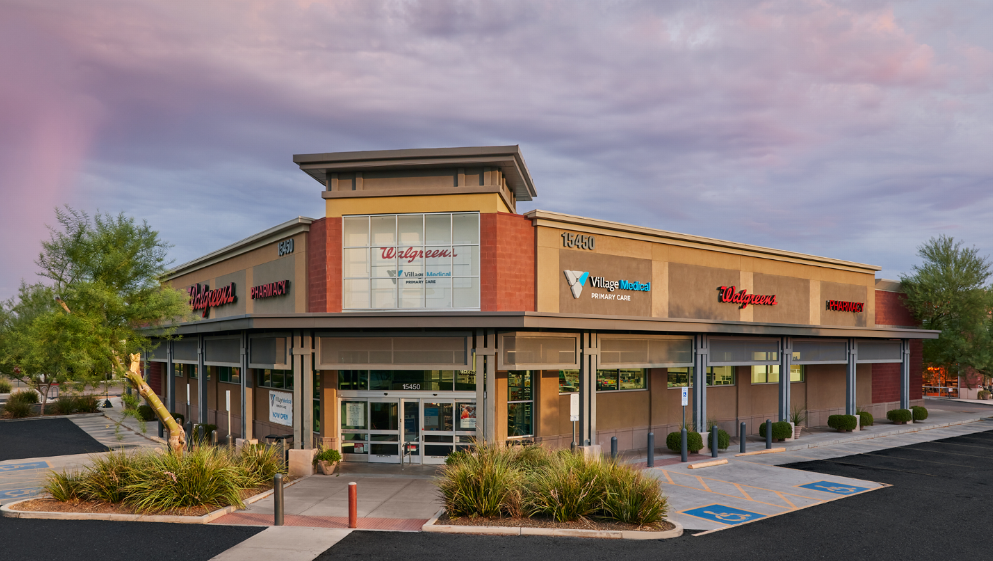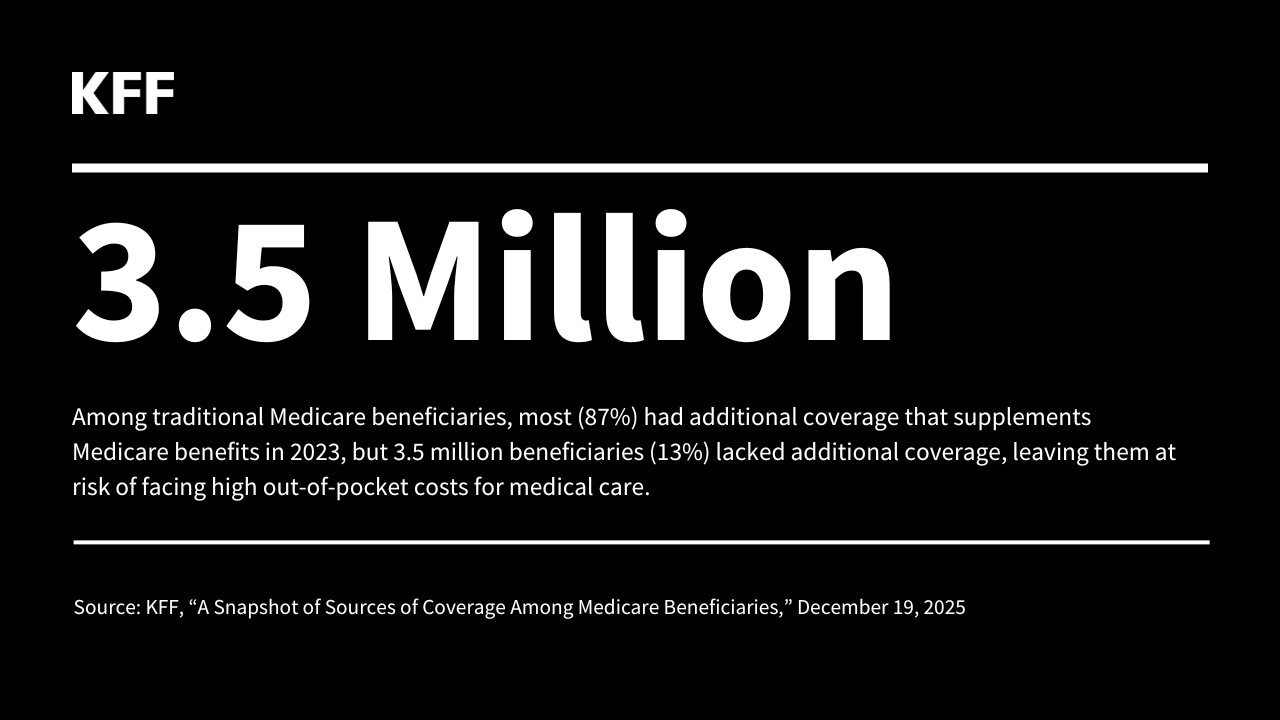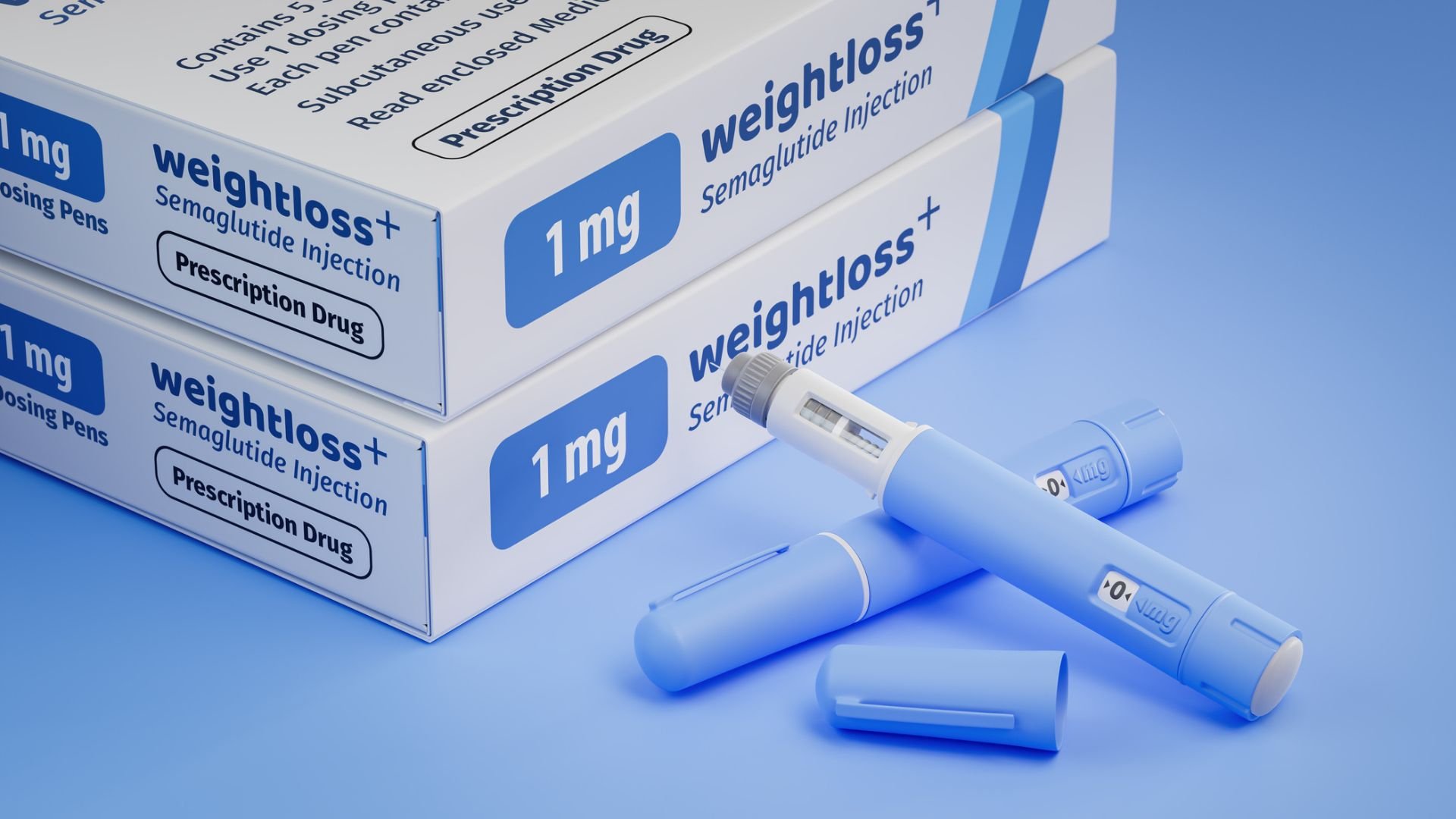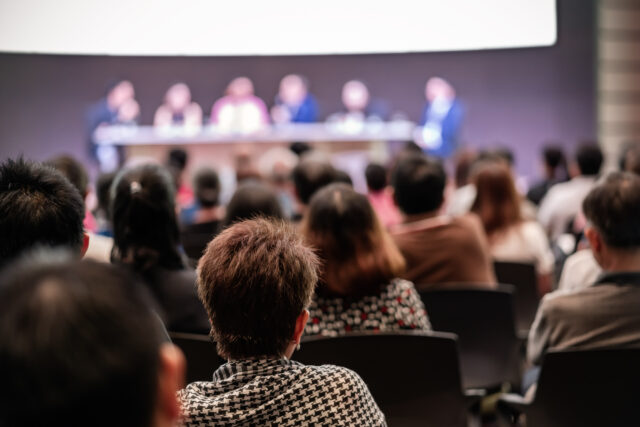Walgreens sees a long runway for its two-year-old clinical trials business as it doubles down on its core retail pharmacy operations.
Ramita Tandon, chief clinical trials officer, shared insights about Walgreens’ strategy to ramp up its clinical research capabilities during TD Cowen’s recent 9th Annual
The retail pharmacy giant says it has reached more than five million patients to potentially recruit into clinical trials since launching the business in June 2022. The company’s clinical trial unit now works with 25 unique customers across biopharma, academic institutions, non-profit and government partners and has signed more than 35 clinical trial contracts. Walgreens has inked partnerships with drugmakers including Freenome, Prothena and Boehringer Ingelheim to use its community pharmacies as clinical trial sites.
The company also recently inked a five-year pact with the Biomedical Advanced Research and Development Authority (BARDA) to boost innovation and access for decentralized clinical trials. The five-year deal means BARDA—part of the U.S. Department of Health and Human Services—will use Walgreen’s clinical trials ecosystem.
The company aims to leverage its national presence, community relationships and data-driven clinical trials solutions to help identify and reach potential study participants for clinical trials. The overall aim is to increase enrollment and diversity in drug development research.
“We launched our clinical trials business in June of 2022 with the idea of just redefining that patient experience and really looking at ways to tackle the issues around lack of patient access and lack of representation that has plagued our industry for a very long time,” Tandon told investors during the conference fireside chat. “Our focus has been, ‘How do we get access to patients faster? How do we improve the representation in clinical in the drug development process?'”
Walgreens’ work in the past two years is “proving out” the value of its assets and capabilities to support pharma partners with clinical research, she said.
“We wanted to design the business model that would look to sort of solve some of the pain points that pharma faces as they think about their R&D portfolio and as they think about their trials. A big part of the pain point is finding patients for trials, getting those trials done in an efficient fashion so they can get to the FDA for approval,” she said. “We organized our business model around three key service offerings. The first one is around what we call insights-driven patient recruitment, and that’s really accessing the Walgreens direct patient access of 100 million lives and helping pharma to help identify those right patient populations.”
Walgreens sits on what Tandon refers to as “a live breathing network” of patients and the company’s clinical trials unit can index those patients by race, gender, ethnicity, social determinants of health, even by zip code, she noted.
“We’re applying a lot of precision to how we find those patients. Because we’re a [HIPAA] covered entity, it allows us to then outreach, which puts us in a very unique position. Not only can we find those patients, we then have the ability to outreach to those patients directly,” she added.
Walgreens’ patient-level insights enables it to create “more culturally relevant outreach modalities,” Tandon noted. “We’re using that insight to help us get patients interested in wanting to participate,” she said.
The company, which has a footprint of 8,600 retail stores, leverages these locations to help biopharma companies conduct clinical trials.
“We created a flexible set of options, because we know from a trials perspective, trial design, patient populations, the disease conditions, are not all the same. The communities that we serve across Walgreens are not the same, so the way they consume information is not the same,” Tandon said.
Many Walgreens’ pharmacy locations have private health rooms, “anywhere from 500 square feet to 5,000 square feet, with multiple exam rooms that enables patients to come in and be educated about what a clinical trial is,” she said.
“We then take them further in the journey where they can actually have clinical trial services, screening, diagnostics and blood draws. The idea, again, is to be able to tackle the issues around accessibility, because historically, and to some extent today, many patients are unable to get to the academic medical centers or physician practices because they’re too far. They can be anywhere from an hour an hour and a half, and that’s posing a lot of barriers for broader participation in research,” Tandon told investors.
Walgreens also offers hybrid services to use on-site locations while also digitizing aspects of the clinical research workflow.
The company also offers capabilities to take the clinical trial services to a patient’s home. “We’re actually sending up nurses, study coordinators and other healthcare professionals, while the physicians are able to provide the oversight via telehealth. That flexibility allows our patients opportunities to participate in the drug development process,” she said.
Walgreens also offers pharma partners real-world evidence informatics. “That’s about tapping into the information that we have on our consumers and patients to help pharma as they think about their evidence generation planning and as they’re looking to understand patient populations, treatment regimens, and then also prospectively, as they’re looking to collect data on, whether it’s qualitative or quantitative, post market,” she said.
And Tandon believes there is an enormous market opportunity for Walgreens’ clinical research business. The total worldwide R&D spend of pharmaceutical and biotechnology companies is estimated to be $150 billion, according to recent research. The leading 20 global pharmaceutical companies collectively spent $145 billion on R&D in 2023, up 4.5% from 2022, according to Deloitte data.
“As we step back and look at the overall addressable market, from the types of outsource services that we’re in today, from an R%D perspective is healthy and it’s growing. As we think about just the overall R&D investments, it’s about $150 billion and 50% of that’s being spent in outsourced services. From our perspective, there’s tremendous growth for Walgreens to continue down the space and to be able to support pharma and capture these services,” Tandon told investors.
The growing clinical trials business is a “big part” of Walgreens’ overall strategy, she noted.
“It’s about building on the core capabilities of the Walgreens ecosystem and the assets and continue to drive value differentiation for our partners. As we think about the future of clinical trials and where that’s heading, certainly, we’re going to continue to see the momentum of decentralization of clinical research and getting closer into communities and closer where the patients are,” she said. “Walgreens is very uniquely positioned to help support in that momentum. We’re going to start to see more improvement in representation in clinical trials and making sure that therapies and new diagnostics are beneficial for all patients across the U.S.”
Walgreens is focused on turning around its business and improving its financial performance. The pharmacy chain operator is undergoing a strategic review of its business, including the role of its retail pharmacy stores and its healthcare assets, as company leadership and the board plot the future direction of the company, CEO Tim Wentworth said back in March at the 44th Annual TD Cowen Health Care Conference.
Walgreens went through a massive growth spurt in which it acquired home healthcare business CareCentrix and VillageMD’s acquisition of Summit Health-CityMD.
The company is on track with cost-cutting initiatives that aim to cut $1 billion in expenses this year. That effort also includes slashing capital expenditures by about $600 million.
Wentworth cautioned investors earlier this year that the company’s work to improve its financial performance would not be a “12-month turnaround story.”
“This is not a quick story, but I believe that it will be a highly sustained story because the other thing that’s very clear to me in every conversation I have is that a large-scale, community-based, engagement-driven, trusted brand has a meaningful role to play in healthcare over the next 20 or 30 years,” Wentworth said back in March.
Wentworth seemed bullish about the potential for Walgreens’ clinical research recruitment business.
“We’re able to recruit diverse patient panels four times faster than pharma can do it themselves. Speed matters when you’re doing trials. And, we get paid for it and it’s a variable cost business. We hire humans and we use our data to deliver that value to pharma. We aren’t buying clinics and building brick-and-mortar do it,” Wentworth said. “These sorts of things, while any one of them may not look like it’s 10% of our underlying earnings, is highly capital efficient, and two or three of those added together suddenly starts becoming a meaningful part of our growth story.”
Improving diversity in clinical research
The Food and Drug Administration (FDA) is taking steps to increase racial and ethnic diversity in clinical trials given that 20% of drugs have a variation in responses across ethnic groups, yet 75% of clinical trial participants are white, while only 11% are Hispanic and fewer than 10% are Black and Asian.
In June, the FDA recommended steps for drugmakers and medical device makers to improve racial, ethnic and other diversity in their clinical trials. The draft guidance includes suggestions for companies and researchers conducting trials on how to set goals for study enrollment, separated by age group, ethnicity, sex and race, and describe how they intend to meet those goals, the FDA said.
Walgreens is proving out that it can use its community reach to increase patient enrollment as well as racial and ethnic diversity in sponsor-led drug development research. More than 75% of Americans live within five miles of a Walgreens, according to the company.
Walgreens is able to use real-world data insights to recruit a more diverse patient population for clinical trials compared to national benchmarks, executives say.
“From a Walgreens perspective, we’re in a very unique position, because we have direct access to diverse patient populations, we’re in communities that most are not. It’s a natural way to help pharma be able to solve some of those issues. The good news is we’re seeing a lot of intentionality behind the design and the operational execution and the need to go after patients and communities that have never been tapped into in the past. It’s a big point of differentiation for us as we help support pharma in this effort,” Tandon told investors.
Walgreens has published case studies from its most recent clinical research work to highlight its enrollment efforts.
In one Phase 3 vaccine study, Walgreens exceeded the 5,000-referral goal in less than 16 weeks of study start, Tandon noted. The company’s efforts to recruit patients also doubled the rate of diverse patient generation. The FDA’s 2020 Drug Trial Snapshot Report identifies an enrollment rate of 8% Black/African American patients and 11% Hispanic/Latino patients for clinical trials. With this study, Walgreens recruited between “15% to 18%” of patients in Black/African American and Hispanic/Latino communities, Tandon noted.
The company’s work with Prothena to recruit patients for Alzheimer’s drug research also has delivered promising results to increase diversity in clinical research. Walgreens delivered referrals that are 21% Hispanic/Latino for the Alzheimer’s disease study, that’s nearly double when compared to the national average of study participation.
“What that’s showing is that because we have access to diverse patient populations, we have the ability to quickly identify those patients and be able to match those patients to trials faster than you know what the industry’s been able to do so far,” Tandon said.
Publisher: Source link










